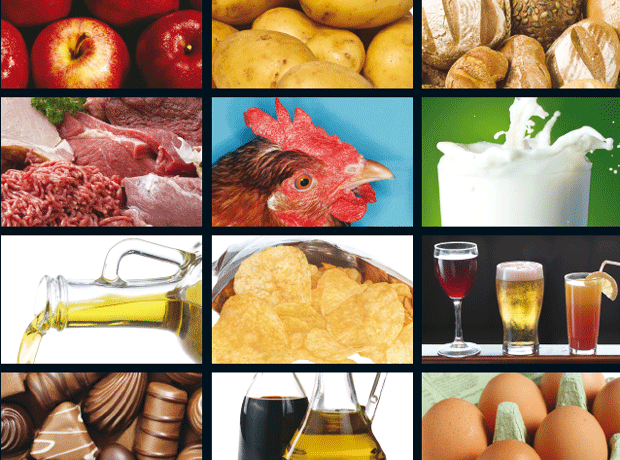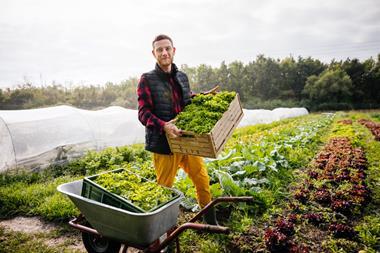Fresh food inflation climbed again last month, as retailers continued to battle against higher bills and reduced consumer spending power.
The price of fresh food accelerated to 2.2% in October from 1.8% in September, a gain of 0.4 percentage points, according to the latest BRC-Nielsen shop price index.
However, overall shop price deflation remained static in October, with prices teetering at a four-year low.
Prices for October fell at the same 0.1% annual rate as in September, with the deflation of non-food products remaining at 1.5% and food prices increasing by 2.2%.
Ambient food inflation eased in October to 2.2% from 2.7% in September.
British Retail Consortium chief executive Helen Dickinson said: “While still falling year on year, the SPI is a measure focussed on basic, entry level goods, so any upward movement in inflation indicates mounting inflationary pressures elsewhere in the consumer spending basket.
“Forces on inflation are pulling in both directions. On the one hand global food prices continue to head upwards at the same time as the weaker pound has left retailers facing significantly higher bills for imported goods. On the other hand, the tightening squeeze on discretionary spending power is reducing the ability of retailers to pass on increased import costs.
“This month’s figures only serve to illustrate the enormous challenges of the current environment.
“And while retailers are doing their best to provide value to keep prices low for consumers who are feeling the pinch of falling real wages, in an industry where margins are already low, the capacity to absorb further cost increases is wearing thin.
“That’s a particular concern as retailers face paying an additional £270m in business rates next year.”
She urged the chancellor to freeze rates in this month’s Budget in order to “encourage investment, to safeguard shops in economically vulnerable communities and to enable retailers to keep prices low for the UK’s households”.






















No comments yet